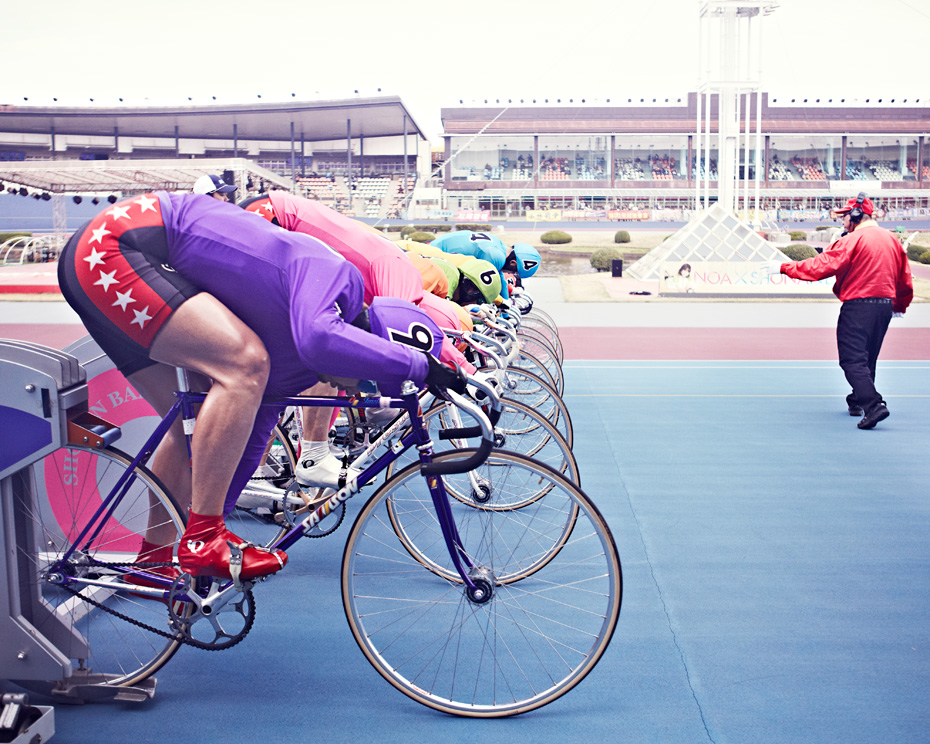
The photographer documents the culture around Japan’s Keirin cycling scene, known as much for its big-buck gambling as its athleticism
Unlike any other cycle racing in the world, the colourful and highly lucrative Japanese Keirin circuit is a long way from the cutting edge technology and sporting ideals that took centre stage at the Olympic Velodrome.
Founded by the government in 1948, the NJS (Japanese Keirin Association) aimed to provide regulated gambling at a time when the underground scene was beyond control. To this day, gambling remains at the heart of Japanese Keirin, and with betting slips totalling up to seven billion euros a year and top riders taking home up to two million euros in prize money, these races are big business.[/one_half]Spectators are typically lower middle class, over 60s men putting their state pension back into the state’s pockets (race meets are often planned around giro day). Many of the sport’s ardent fans prefer to follow a cascade of numbers falling on screens in the belly of the stadium, rather than watching the action unfold on the track. It’s a shame because the race itself is a fantastic spectacle: brightly uniformed athletes on beautifully crafted slender steel frames and shining rims jostling for position before an explosive sprint finish.
There is appetite for change, most recently the NJS has introduced women’s Keirin with modern carbon bikes and disk wheels (as opposed to the men’s strictly traditional steel frames). But if the sport is to reach new fans and become anything other than a gambler’s obsession, they’re going to have to invest as much love as they have money.

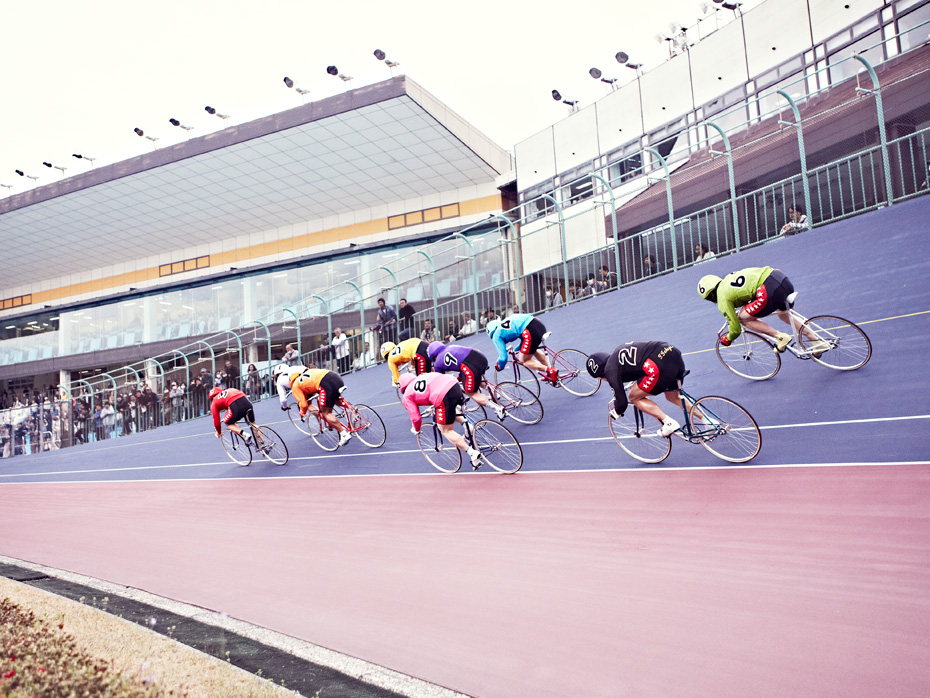
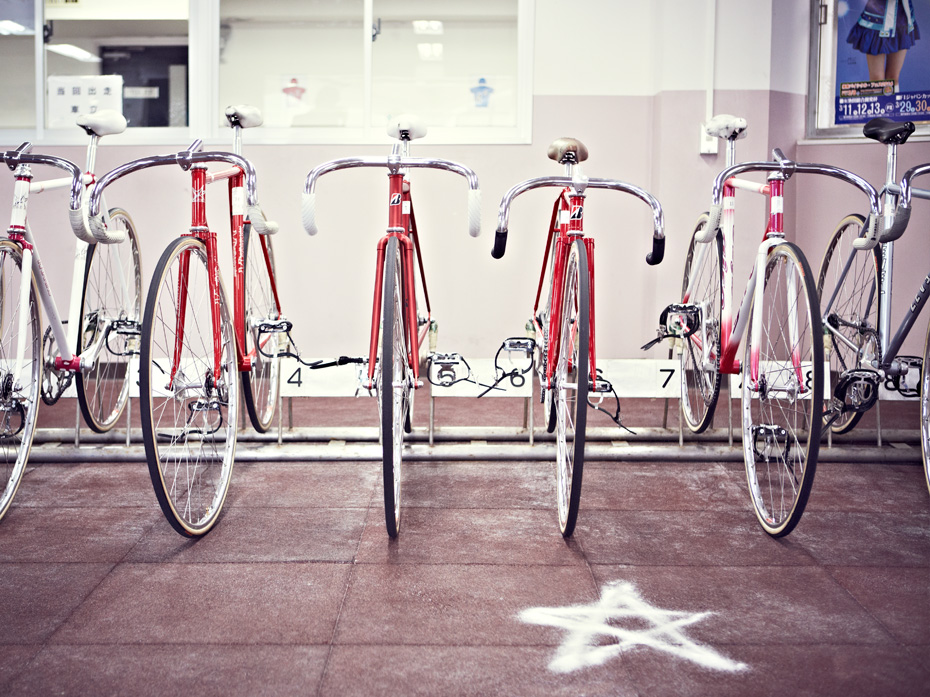
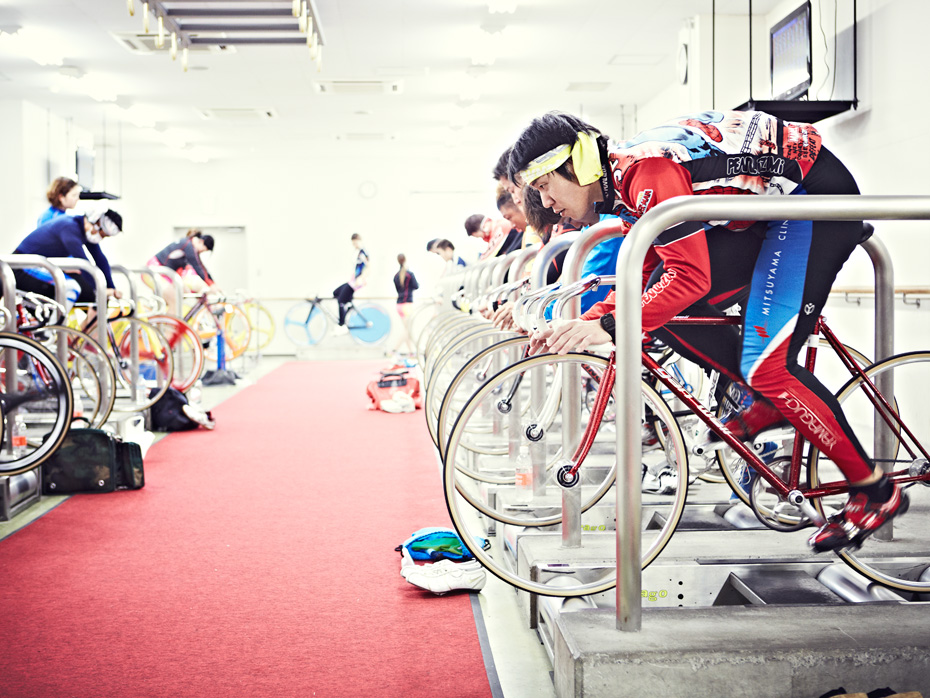
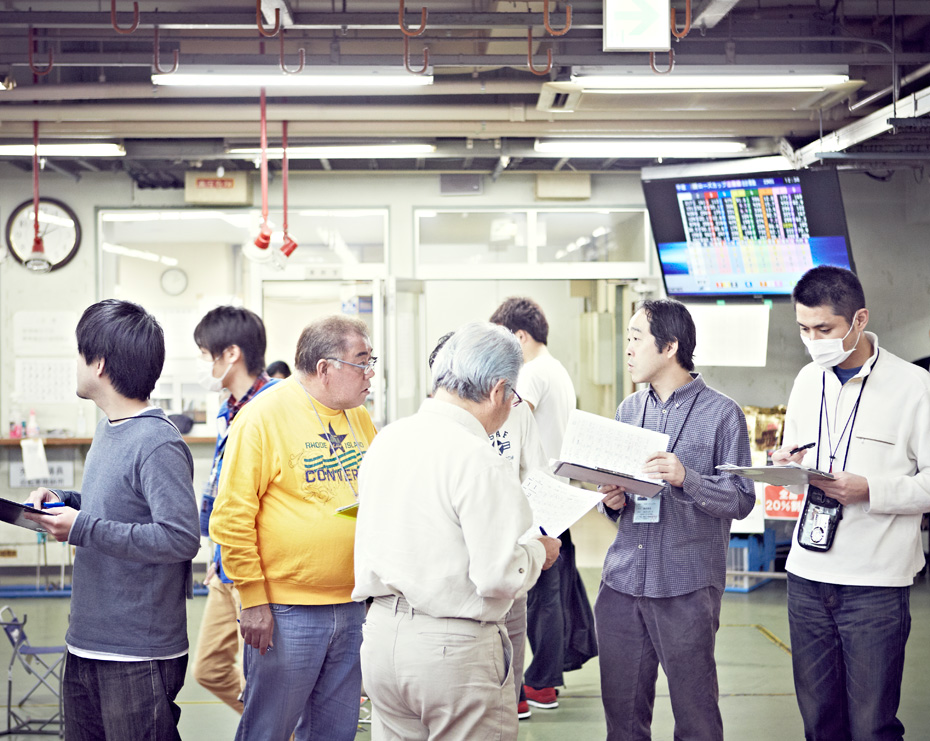
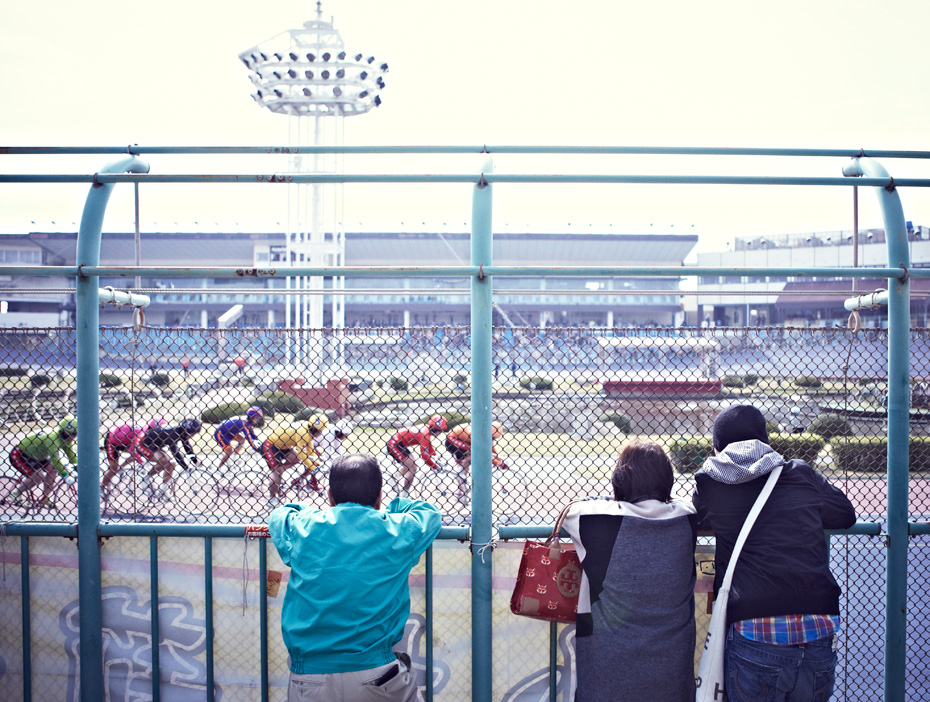
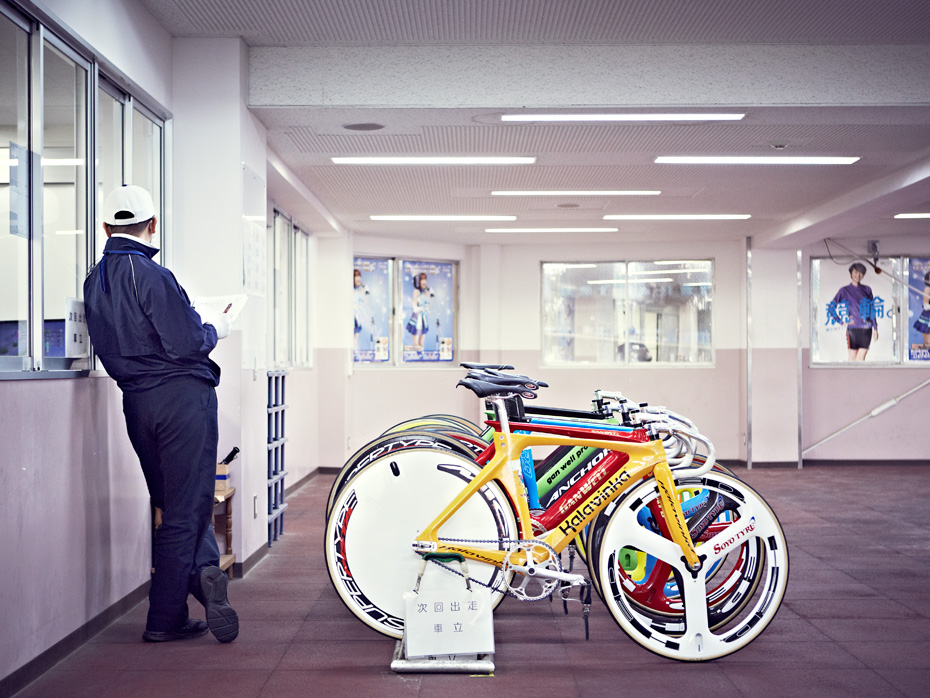
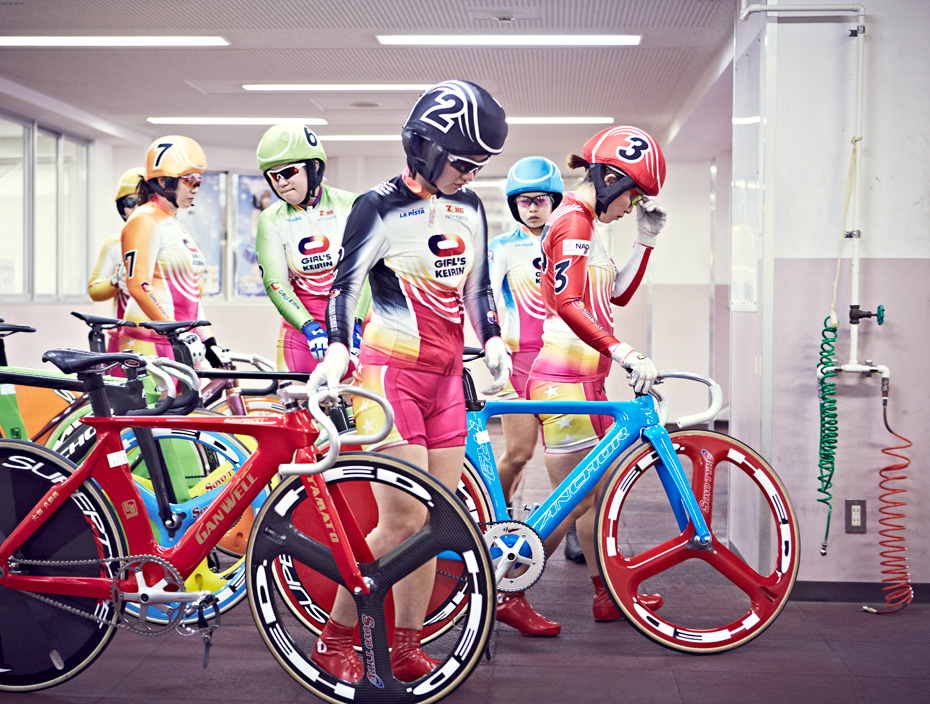
.




